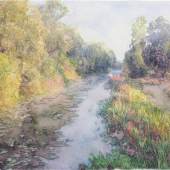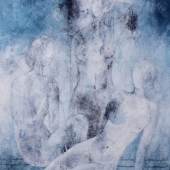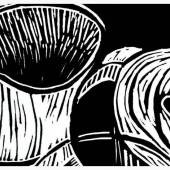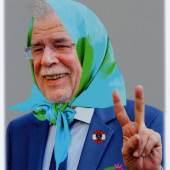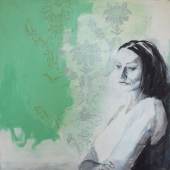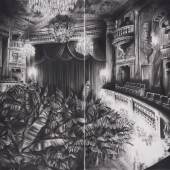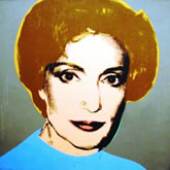Galerie Ernst
Galerie Ernst Hilger at artparis AbuDhabi
-
Presse18.11.2008 - 21.11.2008
Andy Warhol wurde 1928 als Andrew Warhola in Pittsburgh, Pennsylvania, geboren. 1945 begann er am Carnegie Institute of Technology (heute: Carnegie Mellon University) zu studieren und besuchte einen Lehrgang für Bildgestaltung. Nach dem Studienabschluss übersiedelte Warhol nach New York, wo er laufend Auftraege als Werbegrafiker bekam. Er machte Illustrationen für zahlreiche Zeitschriften, schuf Werbematerial und Auslagendekorationen für bekannte Kaufhaeuser. In 1950iger Jahren war Warhol eine erfolgreicher Gebrauchsgrafiker. Er gewann zahlreiche Preise des Art Directors' Club und des American Institute of Graphic Arts. Zu jener Zeit verkuerzte er seinen Namen auf "Warhol". Die Sechzigerjahre waren ein besonders produktives Jahrzehnt für Warhol. Er griff Bilder aus der Populaerkultur auf und schuf zahlreiche Werke, die zu Ikonen der Kunst des 20. Jahrhunderts geworden sind, wie die Suppenkonserven für Campbell, Disasters und die Serie von Marilyn-Bildern. Andy Warhol starb am 22. Februar 1987. Das Andy Warhol Museum wurde im Mai 1994 in Pittsburgh, Pennsylvania, eroeffnet.
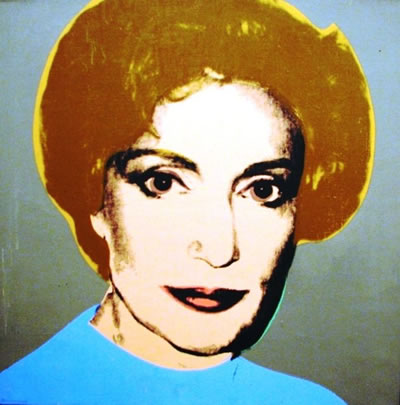
Die Arbeiten Nikolaus Mosers, die sich keiner Gruppierung zuordnen lassen, sind Hymnen an die Farbe. Es stellt sich fuer den Betrachter die Frage, ob die Bilder abstrakte Malerei oder konkrete Abstraktion sind. Der Maler bestimmt selbst immer wieder den Umgang mit der Malerei neu. Moser bedient sich keiner dem Werk voraus gehenden Definitionen, sondern laesst das Werk von innen heraus entstehen. Es bedarf keiner Erklaerung. Somit entsteht kein Deutungshorizont auf einer Metaebene. Die Bilder entstehen nicht zufaellig. Nikolaus Moser ist ein Gestalter. Er und es stellt sich jedoch die Frage, wann ist der Punkt gekommen ist, an dem das Bild fertig ist.
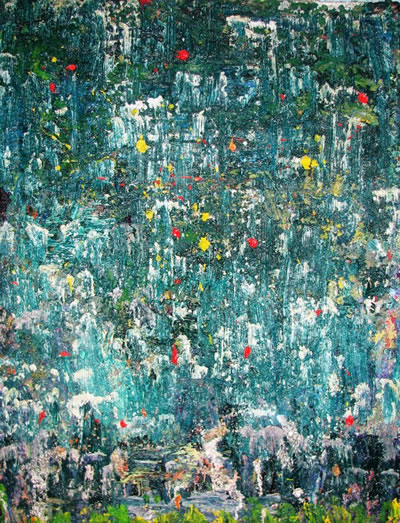
Animated Scene (Red Oil Pump), a new work by John Gerrard, continues the artists ongoing investigation into man's relationship to the sun and energy more generally. The work is based on a scene witnessed by the artist on a recent journey across Colorado, USA. In accordance with the artist‘s practice, the entire scene was documented photographically and all elements reconstructed virtually. This tableau was then animated and sited within the context of one single year which unfolds according to the exact chronology of the original location. As in the related work Animated Scene (Oil Field) the scene has been adapted from its original position so that the Pump faces west, towards the rising sun at the beginning of each day.
Josef Felix Mueller has been grappling with the question of human nature ever since the beginnings of his career as an artist. At the start, not only painting but also drawing, sculpture and printed graphics were the means to express the "states of human beings, which often converge into ritualised images". However, since the turn of the millennium, the artist has concentrated mainly on "the painterly reconstruction of nature" (cit. "Der uebergeordnete Koerper" [Superordinate Body], Josef Felix Mueller, Sept. 2007). Simon Bauer, art historian and curator, describes Josef Felix Mueller's work as follows - "Josef Felix Mueller's painting was always representational; in recent years, it has developed increasingly in the direction of naturalism, a term employed by art criticism with some equivocation, but, owing to the alarming ecological situation, is once more being loaded with new significance and meanings. When I say naturalism, I mean neither the photo-realistic copying of an experience of nature, nor the dream-like transfiguration of a feeling. I'm thinking far more of the type of painting associated with plein air and the Barbizon school - early photography had a decisive part to play in its development, by the way - two concepts that have never lost anything of their original magical resonance. They encompass the turning away from tradition, the use of unconventional colour and thus a new expression of feeling. Manet exhausted this to the uttermost with Déjeuner sur l'herbe."
Sara Rahbar was born in Teheran, Iran in 1976. But both the revolution in Iran and the start of the Iran Iraq war forced her to escape her birthplace. She had no choice but to leave family behind and abandon her home. This was so much to digest at such a young age that it only resulted by leaving a void in her. Ironically, it was these series of events that would forever change and shape Rahbar into the artist and humanitarian she is today. Today, Rahbar has found a way to harness her experiences and life journeys in effort to educate and transform the world through her alluring works of art. Her work was part of the exhibition "On a clear day you can see forever" at Hilger contemporary in Vienna (from June 24th, 2008 until August 1st, 2008). The artist lives and works in New York.
-
11.04.2024 - 31.05.2024Die Galerie Ernst Hilger präsentiert den vielfach ausgezeichneten kolumbianischen Künstler...
-
18.11.2008 - 21.11.2008Presse »
